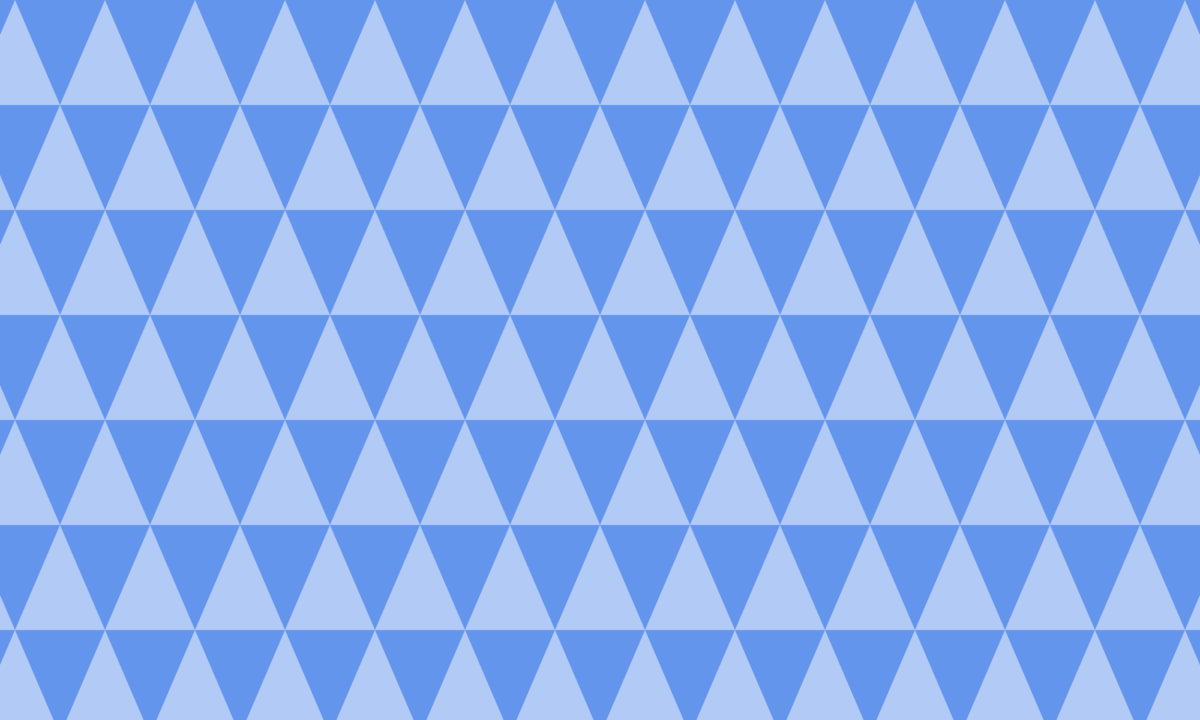[Kimono patterns] ☆Traditional patterns that have been used since ancient times☆
Auspicious patterns
Auspicious motifs are designs depicting animals, plants, objects, etc. that are considered to be auspicious. They seem to be particularly popular in East Asia. They are often used on formal wear and furnishings for celebratory banquets, and are also commonly seen on everyday items, but are not used for inauspicious occasions. Here are some of the patterns that are commonly used on kimonos."Scales"

The "scale" pattern is a continuous pattern of alternating triangles.
Triangles are said to be patterns that ward off evil, and because the scales of animals, including snakes, are used to protect the body, they are often used in self-defense items.
This pattern can be seen all over the world, but in Japan it has been used to decorate ancient tombs and haniwa clay figures, as well as on samurai haori and Noh costumes. The "Mitsuuroko" pattern, consisting of three triangles, is also known as the family crest of the Hojo clan.
Scale pattern summer kimono↓ Separena Kimono MK0136
"Seven Treasures"

"Shippo" is a Buddhist term that refers to the seven treasures of gold, silver, crystal, coral, lapis lazuli, agate, and shako. It is said that the character "Shippo" was derived from the corrupted version of "shihou" (literally "shiho"), which means "shippou" (shippo), due to the many rings that spread out in all directions. This pattern, in which circles are linked together in an eternal chain, is imbued with wishes for harmony, fate, and prosperity, and is a pattern that "shows that human connections and ties are of equal value to the seven treasures." It also carries the meaning of prosperity of descendants.
"Checkerboard"

"Ichimatsu" is a pattern made up of alternating squares of two different colors.
The unbroken series of squares represents prosperity and business expansion. It was named "Ichimatsu" after Sanogawa Ichimatsu, a kabuki actor from the mid-Edo period, adorned his hakama with this pattern.
It is still fresh in our memory that this pattern was also used as a motif for the emblem of the Tokyo Olympic and Paralympic Games.
Checkered pattern obi ↓ Separena obi MT0023
Checkered pattern kimono↓ Separena Kimono MK0221Separena Kimono MK0234
Checkered pattern yukata↓ Separena yukata MY0159
"Snow Ring"

This lovely pattern, based on the motif of a snowflake, is represented by a circle with six indentations.
Snow has long been considered an auspicious symbol that promises a bountiful harvest that year, so the "snow ring" pattern is used to mean "good harvest" or "abundance." Other auspicious motifs, such as cranes, turtles, and plants, may also be depicted within the "snow ring." While it may be thought of as a pattern unique to winter, it is also often used on summer kimonos and yukatas. It is an ancient idea to wear cool motifs to visually cool down during the hot summer.
Snow wheel pattern obi ↓ Separena obi MT0065
Snow wheel pattern yukata↓ Separena Yukata MY0135 Separena Yukata MY0121 Separena Yukata MY0139
"Asanoha"

The hemp leaf pattern is a star-shaped design created by connecting the centroids and vertices of six equilateral triangles formed by the diagonals of a regular hexagon. It is said to have been named after its shape, which resembles a hemp leaf, but it is not a botanical motif. Hemp is a plant with a strong vitality, capable of growing up to four meters in four months without much care. Because it grows straight, large, and quickly, it is often used as a motif to represent "health" and "growth," and is often used on children's kimonos and talismans to ward off evil. It is also a familiar pattern in the vibrant costumes worn by female characters in Kabuki.
Hemp leaf pattern yukata↓ Separena yukata MY0314 Separena yukata MY0317 Separena yukata MY0187
"Yagasuri"

"Yagasuri" is a pattern that represents the bird feathers attached to the top of an arrow. Arrows that fly straight and hit their target have long been used as lucky charms. Since the Edo period, it is said that since arrows do not return after being shot, brides were sometimes given kimonos with yagasuri patterns, with the hope that they would "never return."
Kimono with arrowhead pattern↓ Separena Kimono MK0199Separena Kimono MK0008
Yukata with arrowhead pattern↓ Separena Yukata MY0059
There are many more auspicious patterns other than those introduced this time. Why not wear your favorite pattern to bring good fortune? Have fun!


